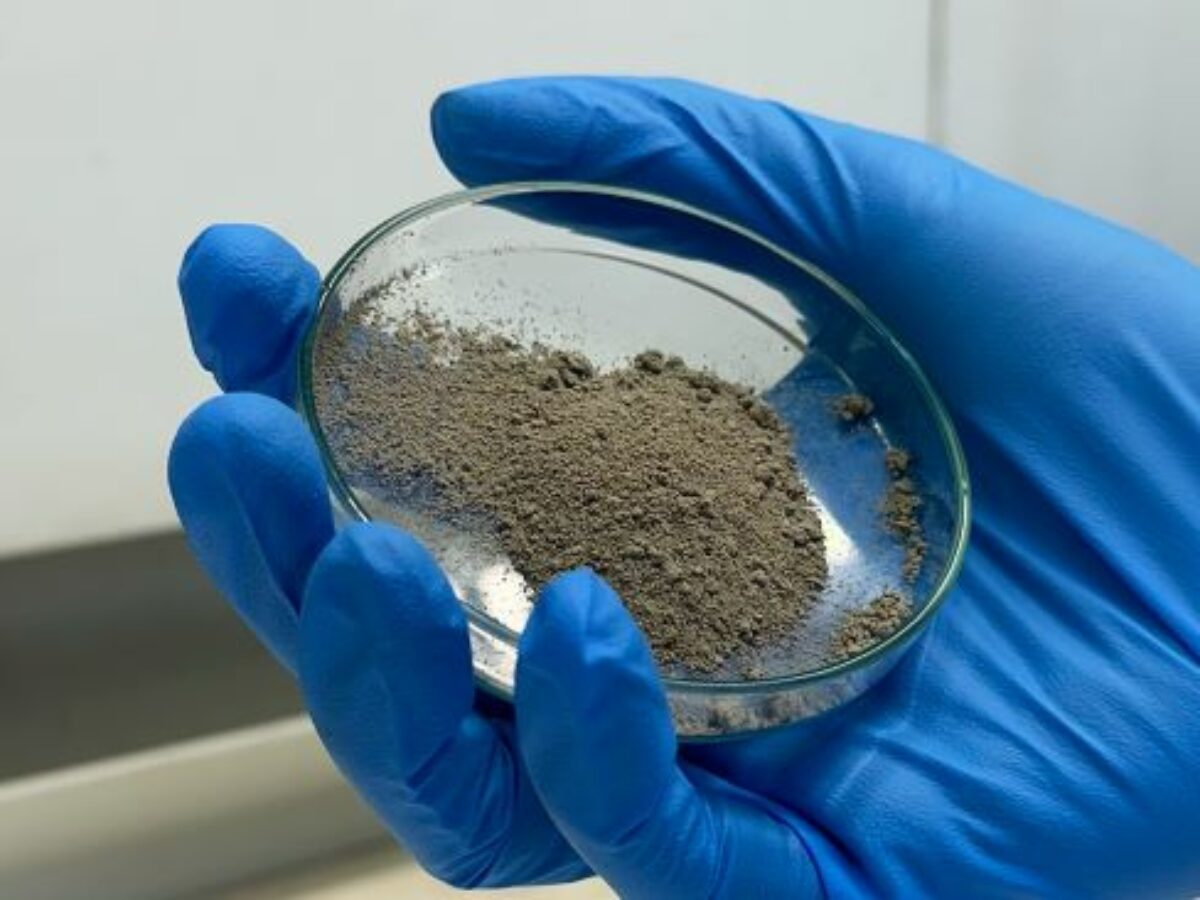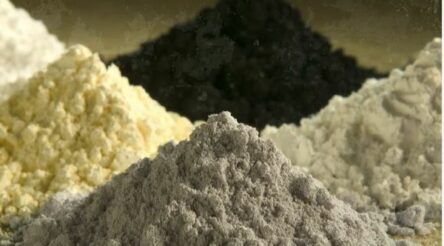Nanodiamond textiles could cool clothing faster

Researchers from RMIT University are using nanodiamonds to create smart textiles that can cool people down faster.
The study found fabric made from cotton coated with nanodiamonds, using a method called electrospinning, showed a reduction of two to three degrees Celsius during the cooling down process compared to untreated cotton.
They do this by drawing out body heat and releasing it from the fabric – a result of the high thermal conductivity of nanodiamonds.
Project lead and RMIT Senior Lecturer Dr Shadi Houshyar said there was an opportunity to use these insights to create new textiles for sportswear and personal protective clothing, such as underlayers to keep fire fighters cool.
Dr Houshyar said: “While two or three degrees may not seem like much of a change, it does make a difference in comfort and health impacts over extended periods and in practical terms, could be the difference between keeping your air conditioner off or turning it on.
“There’s also potential to explore how nanodiamonds can be used to protect buildings from overheating, which can lead to environmental benefits.”
The use of this fabric in clothing was projected to lead to a 20-30 percent energy saving due to lower use of air conditioning.
Based in the Centre for Materials Innovation and Future Fashion (CMIFF), the research team is made up of RMIT engineers and textile researchers who have worked with industry to develop solutions.
Contrary to popular belief, nanodiamonds are not the same as the diamonds that adorn jewellery, said Houshyar.
She said: “They’re actually cheap to make — cheaper than graphene oxide and other types of carbon materials.
“While they have a carbon lattice structure, they are much smaller in size. They’re also easy to make using methods like detonation or from waste materials.”
In the study cotton material was first coated with an adhesive, then electrospun with a polymer solution made from nanodiamonds, polyurethane and solvent.
This process creates a web of nanofibres on the cotton fibres, which are then cured to bond the two.
Picture: RMIT, Cherry Cai/nanodiamonds
@aumanufacturing Sections
Analysis and Commentary Awards Defence Manufacturing News Podcast Technology Videos










